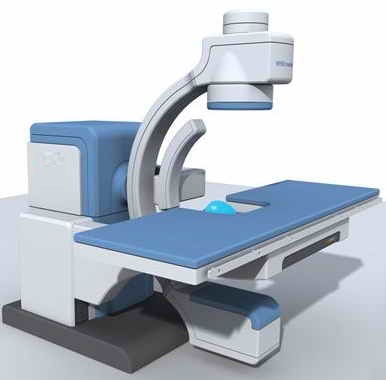
Extracorporeal shock wave lithotripsy (ESWL) is a procedure that uses shock waves to break up stones in the kidney, bladder, or ureter (tube that carries urine from your kidneys to your bladder). After the procedure, the tiny pieces of stones pass out of your body in your urine. ESWL is a non-invasive treatment of kidney stones (urinary calculous) and biliary calculi (stones in the gallbladder or in the liver) using an acoustic pulse. It is also reported to be used for salivary stones and pancreatic stones.
Preoperative Details
Several factors related to the stone, including stone burden (size and number), composition, and location, affect the outcome of extracorporeal shockwave lithotripsy (ESWL).
Stone size
As stone size approaches 2 cm, the likelihood of success with ESWL decreases, and the need for retreatment and adjunctive therapy increases. ESWL has also been found to be most efficacious in treating non-obstructing renal calculi. In patients with a large stone burden, pre-ESWL stenting may secure drainage and prevent obstructive urosepsis. A study where stone volume was calculated based on a 3D rendered image corroborated that smaller stones are more likely to fragment than larger stones, with 500 microL as the cutoff.
Stone composition
The density and ability of a stone to resist ESWL is based in part on the composition of the stone. Stones composed of calcium oxalate dihydrate, magnesium ammonium phosphate, or uric acid tend to be softer and to fragment more easily with ESWL. Stones composed of calcium oxalate monohydrate or cystine, on the other hand, are less susceptible to ESWL.
Stone location
- Lower-pole calculi: Although ESWL can fragment stones in the lower pole of the kidney, the resulting stone-free rate is decreased because of the difficulty in passing stones from this location.
- Calyceal diverticula with infundibular stenosis: In patients with diverticula caused by or related to infundibular stenosis, fragmented stones cannot easily bypass the obstruction, with resultant retained stone fragments.
- Ureteral calculi: Fragmentation of proximal stones is more effective than mid or distal stones.
 English
English فارسی
فارسی